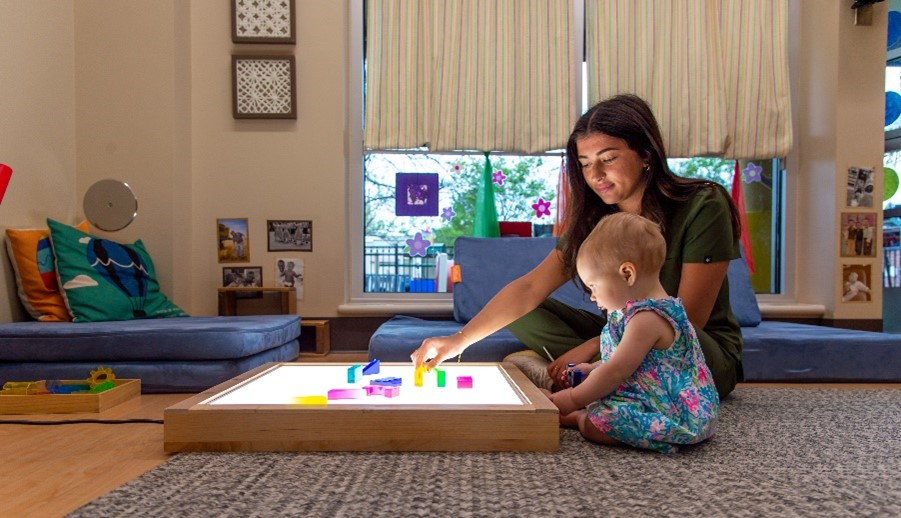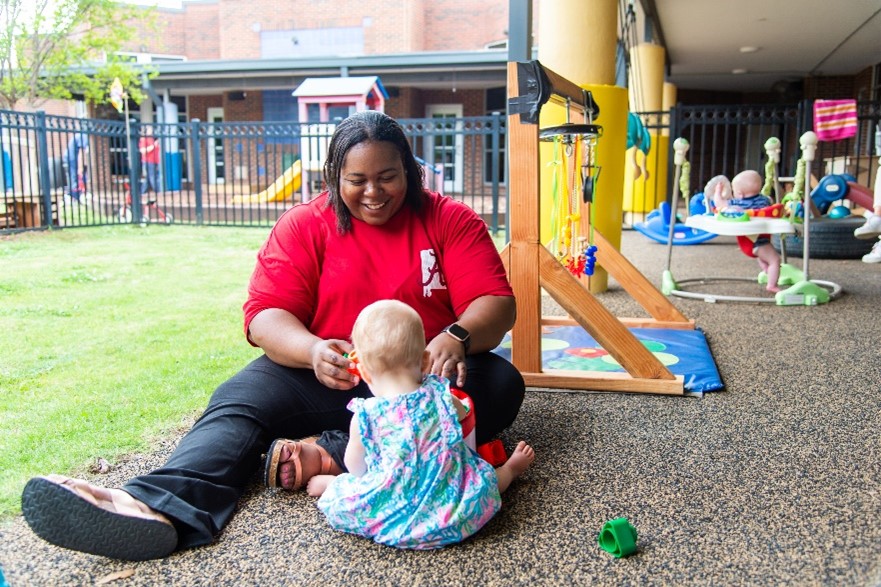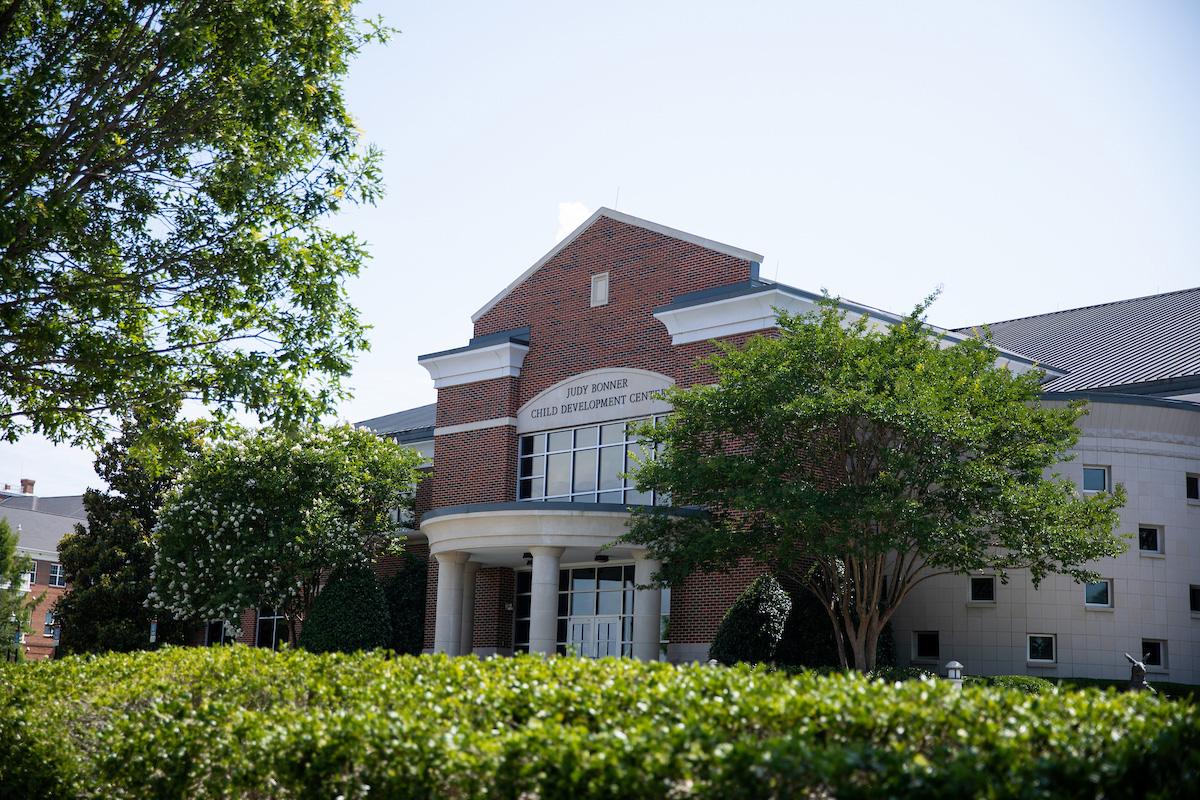THE UNIVERSITY OF ALABAMA
The University of Alabama, part of The University of Alabama System, is the state’s flagship university. UA shapes a better world through its teaching, research and service. With a global reputation for excellence, UA provides an inclusive, forward-thinking environment and nearly 200 degree programs on a student-centered campus. The University of Alabama has R1: Doctoral Universities – Very High Research Activity status by the Carnegie Classification of Institutions of Higher Education and is among the top doctoral research universities in the United States.
THE COLLEGE OF HUMAN ENVIRONMENTAL SCIENCES (CHES)
At the College of Human Environmental Sciences, we empower students to bring about positive change in the world. Our faculty conduct advanced research, provide outreach and prepare a new generation of professionals with a shared goal of improving lives. CHES brings together a wide range of disciplines which focus on the interaction between individuals, families, and the environment. .
PROGRAM HISTORY
Human Development and Family Studies (HDFS) focuses on helping children, families, and relationships thrive. Our students and faculty work from a lifespan ecological perspective on development and families, recognizing and supporting the unique qualities and varied experiences of individuals, families, developmental pathways, and contexts. We focus on discovering and applying new knowledge to strengthen individuals, families, relationships, and communities, and on preparing the next generation of professionals to serve and lead.
HDFS and the ECE program have a well-established identity in the community and state that includes rich expertise in early childhood development.

- HDFS’ long history of impacting early childhood education and teacher training originates with the first course, Social Problems of the Family, which was taught at UA in 1927.
- In 1942, the HDFS faculty established the Child Development Center (CDC) with the primary purpose of providing college students enrolled in child development courses opportunities to observe the development of young children and parent-child relationships. The CDC included an infant and child development laboratory.
- In 1964, the HDFS department was heavily involved with the training of Head Start (HS) personnel and became one of the first regional teacher training centers in the country to receive Head Start Supplementary Training (HSST) funding. A classroom for five-year-olds was added to the CDC laboratories for teacher training purposes, and by the summer of 1965, the center was the second largest HSST facility in the nation. A commendation from National Head Start recognized this program as the most outstanding of its kind in the country, and Mrs. Lyndon Johnson (Lady Bird Johnson), First Lady of the United States, visited the Child Development Center to see this model Head Start teacher training facility and to dedicate the federally funded south wing.
- In 1974, HSST evolved into a competency-based teacher credentialing curriculum, the Child Development Associate (CDA) Training program. The HS teachers who were trained received college credit for courses offered by the HDFS department. In addition, these HS teachers received technical assistance from HDFS faculty to work through the national assessment process for the CDA credential.
- In 1970, the HDFS department received an additional federal grant to create the Model Day Care Center (MDCC), designed to serve less advantaged infants and children and to train childcare personnel. The MDCC, which focused on prevention, intervention and education, was one of the first in the country to serve children aged birth to four years from low-income families. The MDCC provided transportation of the children, in-house health services, parent education and nutrition education. In 1972 the program expanded through the Appalachian Regional Commission funds, and a Comprehensive Child Care Services Program (CCSP) for low-income children and their families began operation in two buildings at UA. The CCSP provided large scale, wide-ranging programs and services to 150 children (0-5 years) and families. The MDCC and its successor, the CCSP, also served as training facilities for preservice teachers in the ECE program.
- The ECE program was especially valuable to Head Start (HS) teachers after the federal mandate for lead teachers to hold a bachelor’s degree in Early Childhood Education.

HDFS faculty continue to train teachers, support early care and education, and conduct research in child development. For example, Alabama’s Quality Rating and Improvement System (QRIS) was housed in the department until 2020. Recently, faculty have partnered with Alabama’s Department of Human Resources on a new statewide professional development network for infant and toddler teachers in Alabama which provides specialized support to infant and toddler teachers and caregivers across the state through a community of practice and trainings, technical assistance/consultation, and practice-based coaching. Part-and-full-time teaching faculty represent a range of professional experiences and expertise and provide focused and auxiliary support in teaching. Other tenured and tenure-earning faculty conduct research on childhood studies (using justice-oriented approaches), school readiness, and early talk and conversational turns.
Two early learning partner programs within the college (The UA Children’s Program and The RISE Center at UA, both of which are NAEYC-accredited early learning programs) regularly partner with HDFS, the UA community, and other stakeholders to educate and support teacher preparation and early learning professionals, as well as scholarly activity that contributes to the academic knowledge base.
Other programs in the college, such as Child Development Resources, provide important, varied programming to childcare providers and families to support high-quality teaching, caregiving, and family development.
